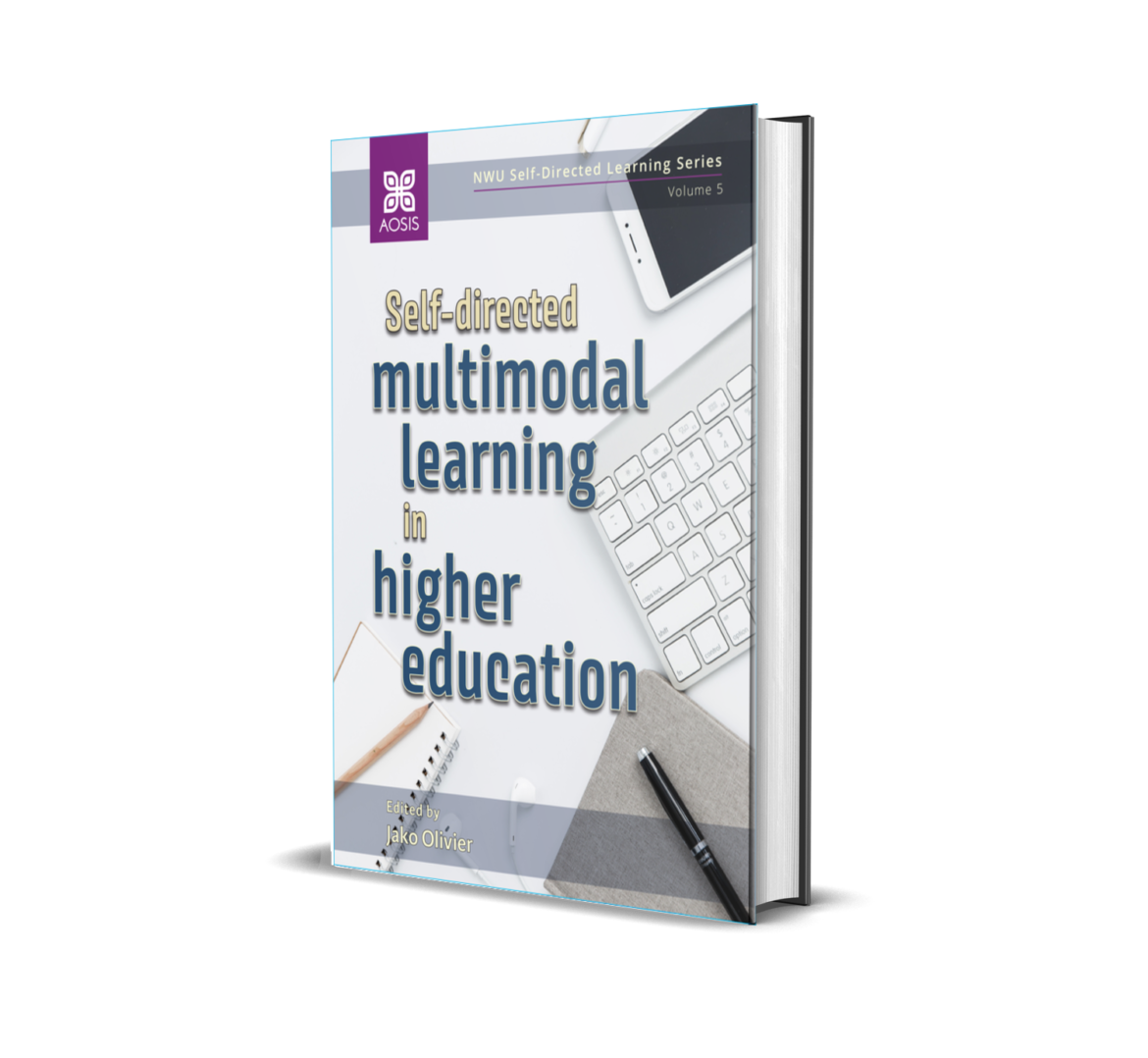This book aims to provide an overview of theoretical and practical considerations in terms of self-directed multimodal learning within the university context. Multimodal learning is approached in terms of the levels of multimodality and specifically blended learning and the mixing of modes of delivery (contact and distance education). As such, this publication will provide a unique snapshot of multimodal practices within higher education through a self-directed learning epistemological lens. The book covers issues such as what self-directed multimodal learning entails, mapping of specific publications regarding blended learning, blended learning in mathematics, geography, natural science and computer literacy, comparative experiences in distance education as well as situated and culturally appropriate learning in multimodal contexts.
This book provides a unique focus on multimodality in terms of learning and delivery within the context of self-directed learning. Therefore, the publication would not only advance the scholarship of blended and open distance learning in South Africa, but also the contribute to enriching the discourse regarding self-direction. From this book readers will get an impression of the latest trends in literature in terms of multimodal self-directed learning in South Africa as well as unique empirical work being done in this regard.
Copyright © 2020 Jacobus Alwyn Krüger Olivier (Volume editor)

